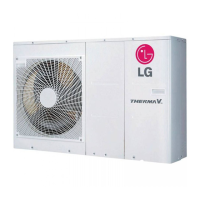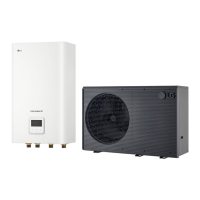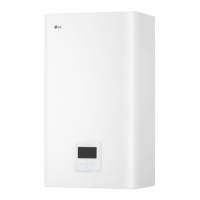8
SAFETY INSTRUCTIONS
• Copper in contact with refrigerants shall be oxygen-free or
deoxidized, for example Cu-DHP as specified in EN 12735-1 and
EN 12735-2.
• Compliance with national gas regulations shall be observed.
• Refrigerant tubing shall be protected or enclosed to avoid
damage.
• The installation of pipe-work shall be kept to a minimum.
• A brazed, welded, or mechanical connection shall be made
before opening the valves to permit refrigerant to flow between
the refrigerating system parts. A vacuum valve shall be provided
to evacuate the interconnecting pipe and/or any uncharged
refrigerating system part.
• Any person who is involved with working on or breaking into a
refrigerant circuit should hold a current valid certificate from an
industry-accredited assessment authority, which authorises their
competence to handle refrigerants safely in accordance with an
industry recognised assessment specification. (Include the
corresponding tools and required personal protective equipment)
• Any person who is involved with working on or breaking into a
refrigerant circuit wear appropriate protective equipment and
have a fire extinguisher available.
• Do not use means to accelerate the defrosting process or to
clean, other than those recommended by the manufacturer.
• Do not pierce or burn.
• Be aware that refrigerants may not contain an odour.
• Dismantling the unit, treatment of the refrigerant oil and eventual
parts should be done in accordance with local and national
standards.
• Flexible refrigerant connectors (such as connecting lines
between the indoor and outdoor unit) that may be displaced
during normal operations shall be protected against mechanical
damage.

